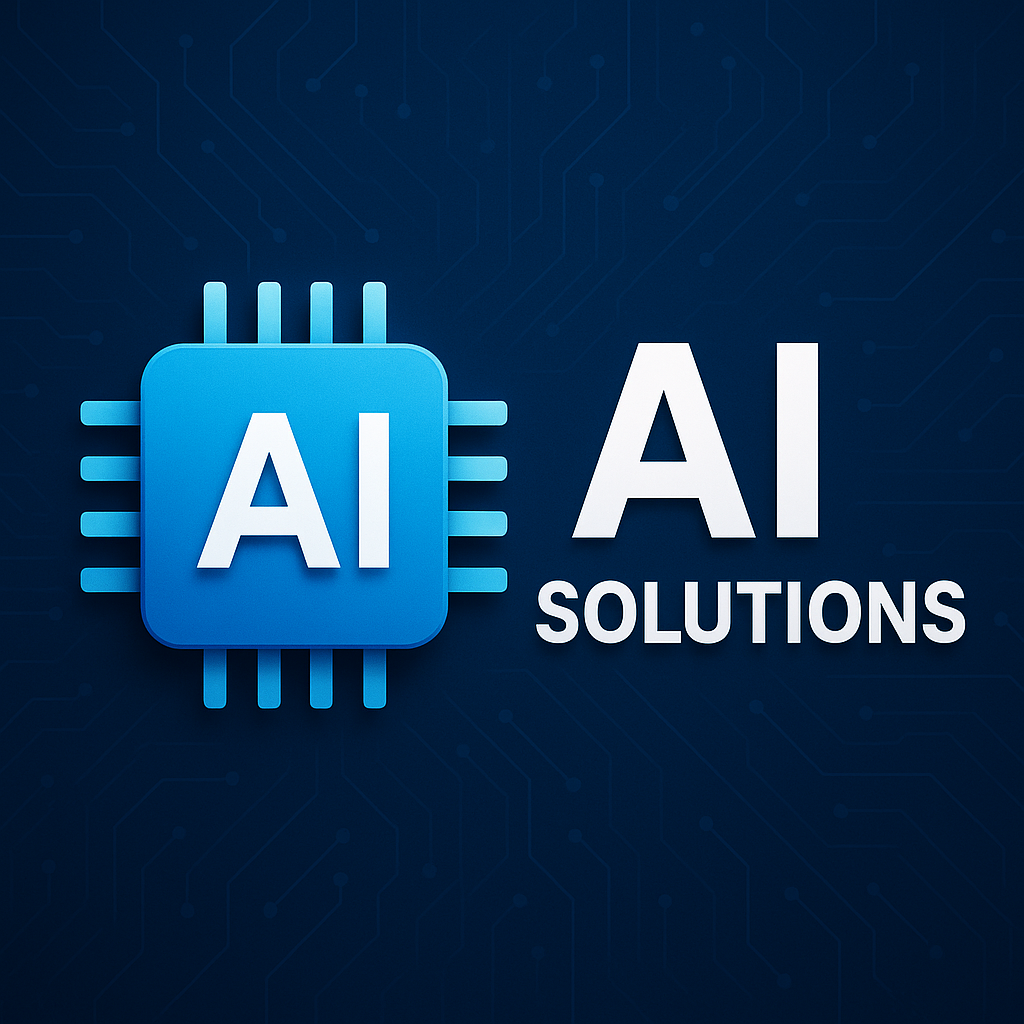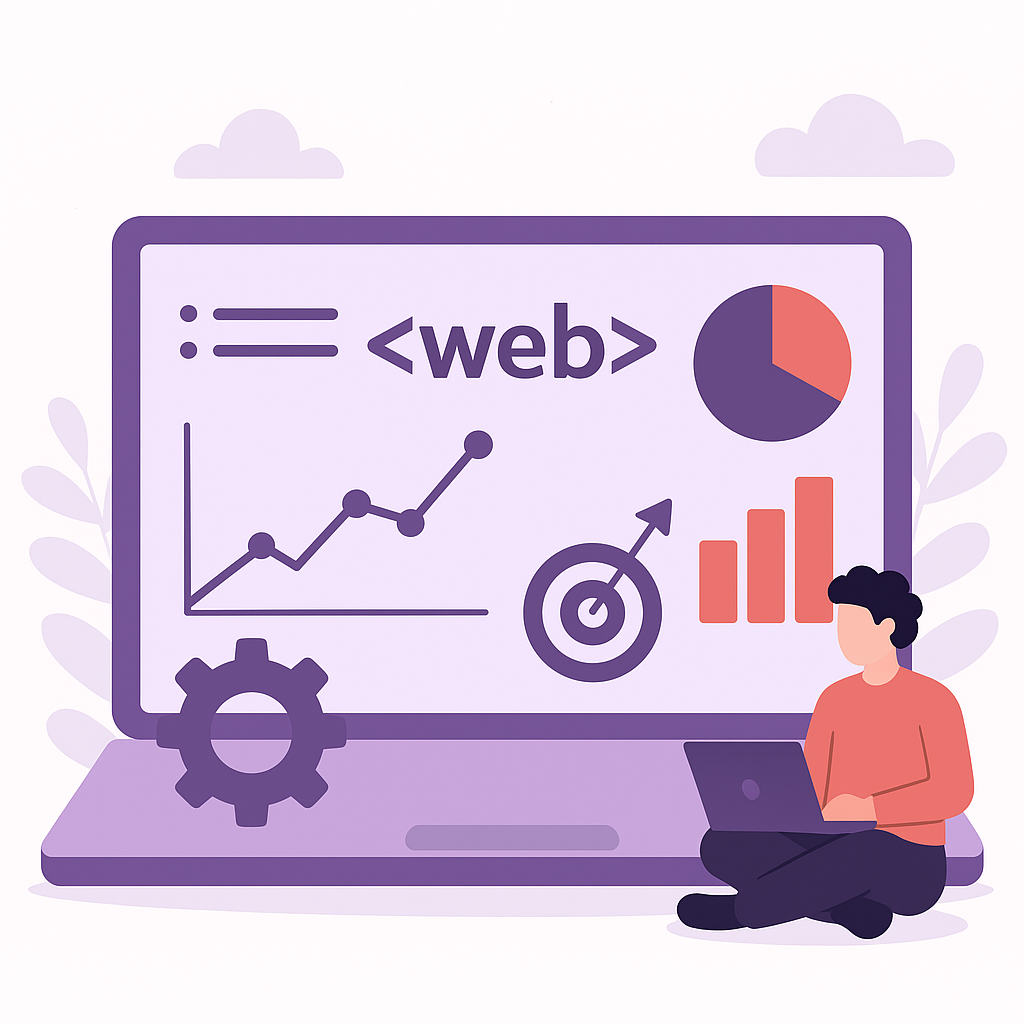In today’s hyperconnected world, data is more valuable than oil — and just as fiercely contested. Every click, swipe, and search creates digital footprints that feed into a vast ecosystem of analytics, surveillance, personalization, and profit. Welcome to the War of Data, a silent battle shaping global power, corporate dominance, and personal privacy.
Data: The New Battlefield
Governments, corporations, and even individuals are vying for control over data. From social media activity to location tracking, everything is collected, analyzed, and monetized. Tech giants like Google, Meta, Amazon, and Tencent have built empires on data, leveraging it to refine algorithms, target ads, and influence behavior.
Why it matters: Whoever controls the data controls the narrative, the economy — and in many ways — the future.
Geopolitics and Cyber Sovereignty
The war of data isn’t just commercial — it’s geopolitical. Countries are enforcing strict data localization laws to protect national security and digital sovereignty. Tensions between global powers like the U.S. and China often center around technology and data access, influencing policies on 5G, TikTok, AI, and cloud infrastructure.
Key flashpoints:
- TikTok bans and surveillance concerns
- EU’s GDPR and the push for ethical data use
- The rise of China’s data governance model
Surveillance vs. Privacy
Surveillance capitalism thrives on personal data. Every online move is tracked for marketing purposes, while governments increasingly use big data for public safety, law enforcement, and social control.
On the other hand, the privacy movement is gaining ground. Tools like VPNs, end-to-end encryption, and data-minimizing apps are part of a digital resistance pushing back against unchecked surveillance.
AI and the Data Arms Race
Artificial Intelligence thrives on data. The more data you feed an algorithm, the smarter it becomes. This has sparked an arms race in sectors like healthcare, finance, and military tech, where control over datasets can lead to competitive and even strategic superiority.
Data = Fuel. AI = Weapon.
The Ethical Dilemma
As data becomes more powerful, the ethical stakes grow higher. Who owns your data? How is it used? Can it be weaponized? Issues of consent, bias, and exploitation are at the center of the debate.
The challenge: Building a data-driven future without compromising human rights.
Conclusion: Choose Your Side Wisely
The war of data is ongoing — quiet, invisible, but all-encompassing. It’s not fought with tanks or drones, but with algorithms, servers, and legislation. As users, developers, and citizens, we all have a role to play in shaping how data is collected, shared, and protected.
Because in this war, data is not just power — it’s identity, freedom, and truth.



